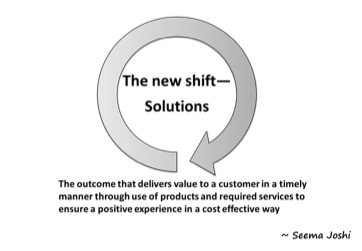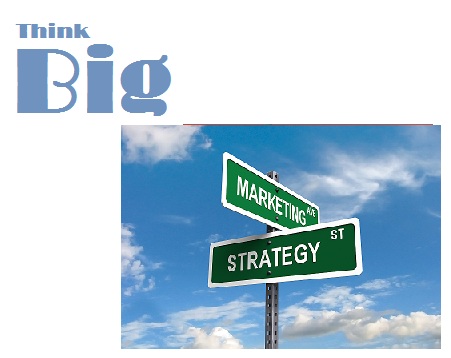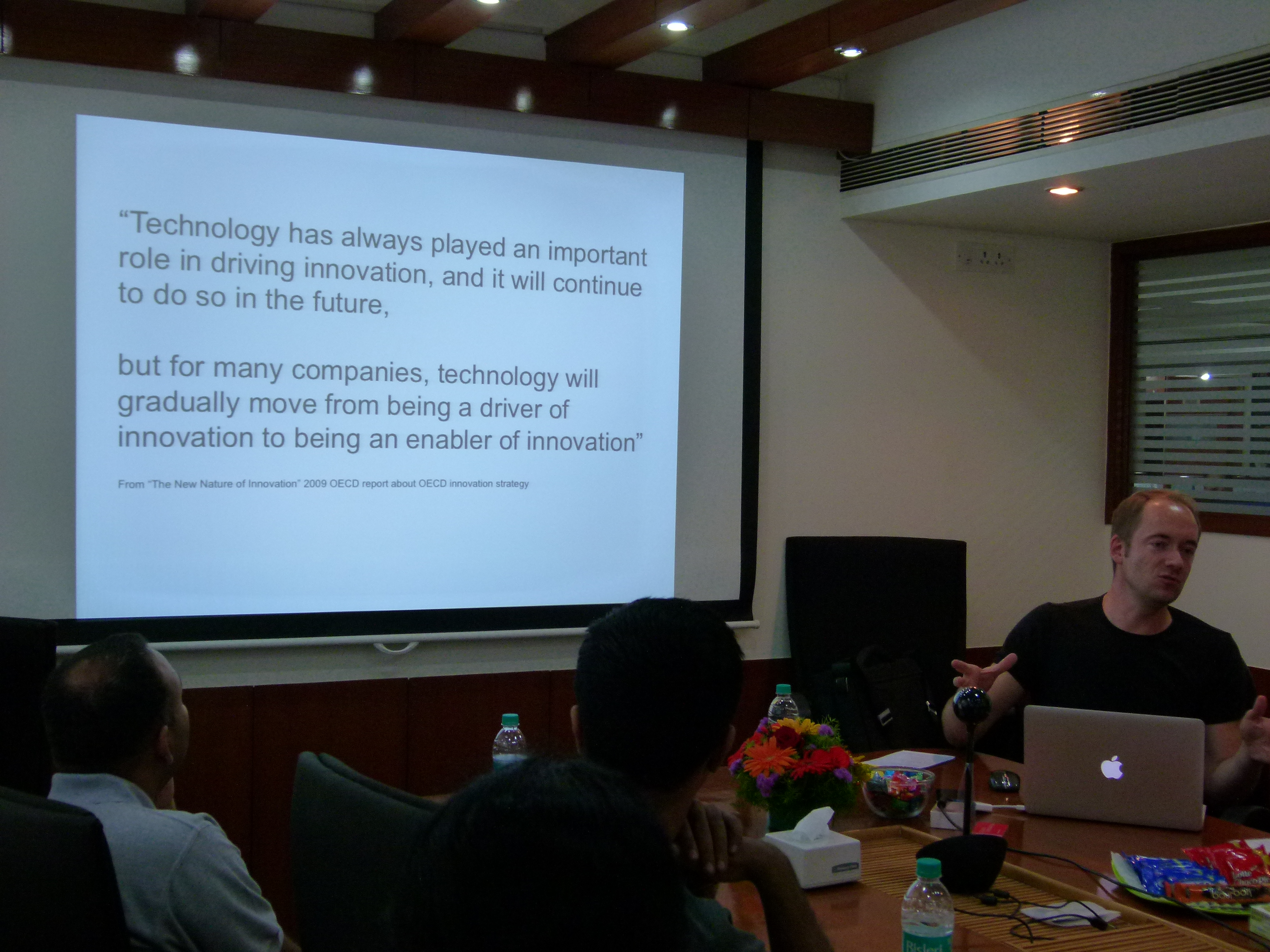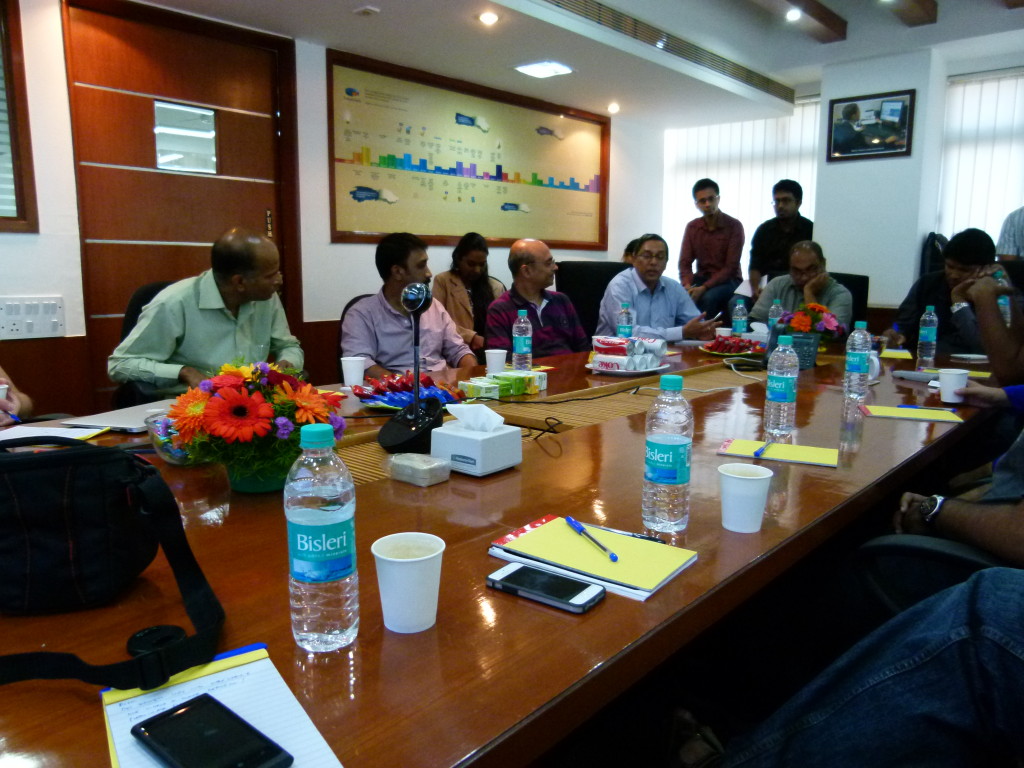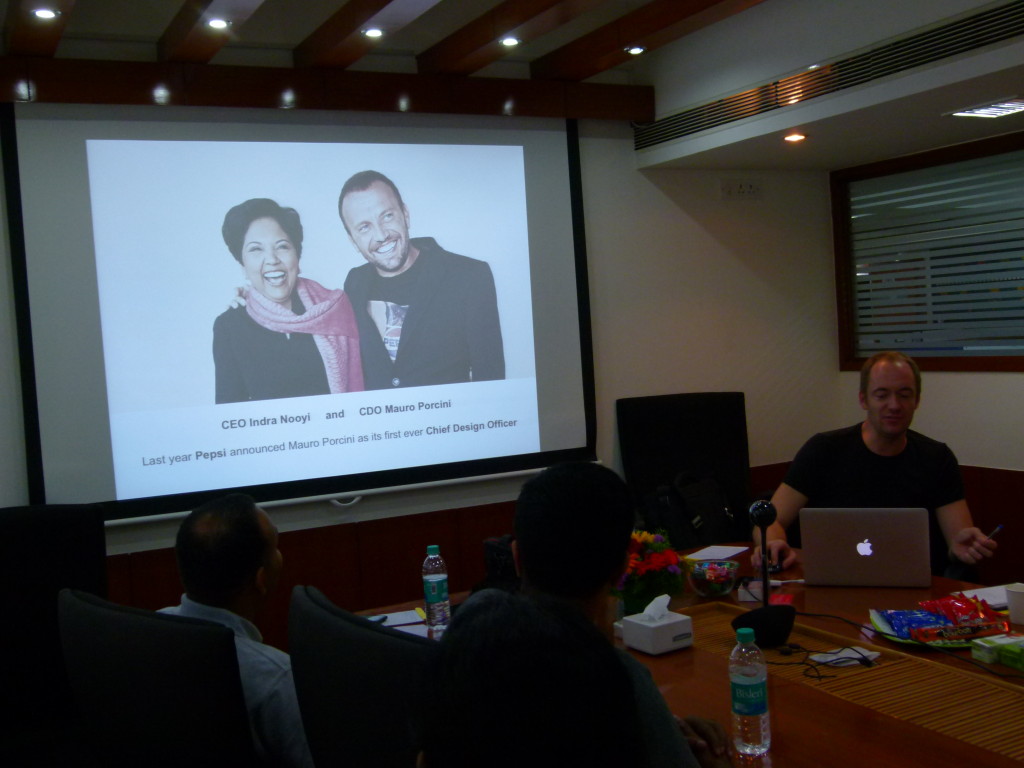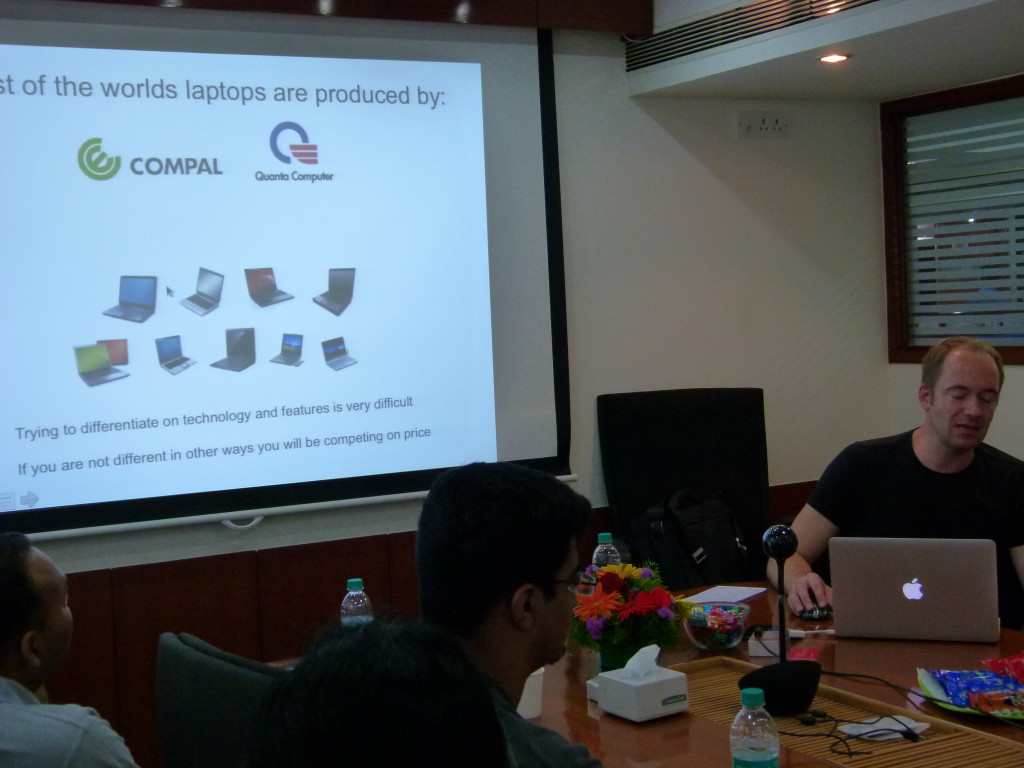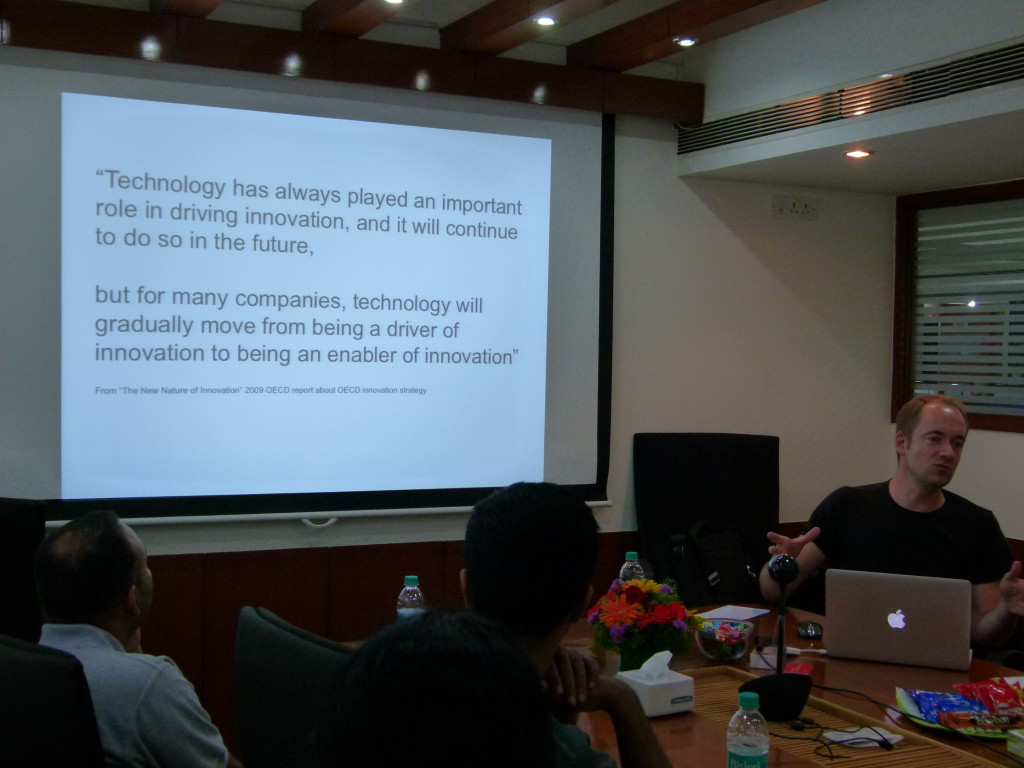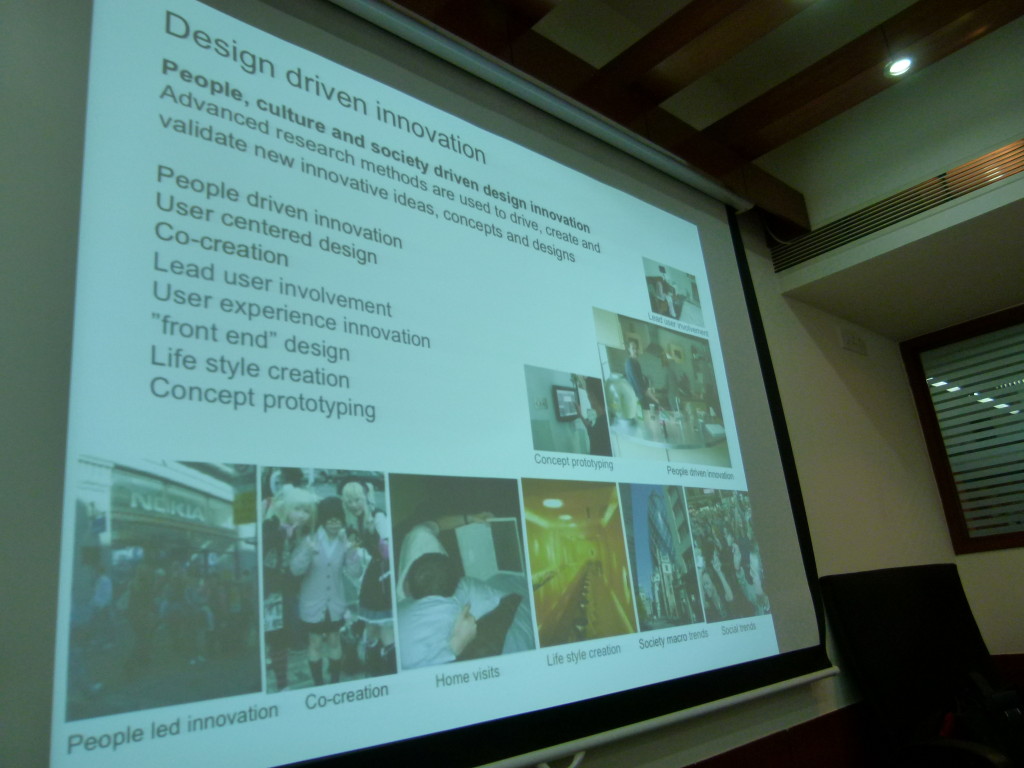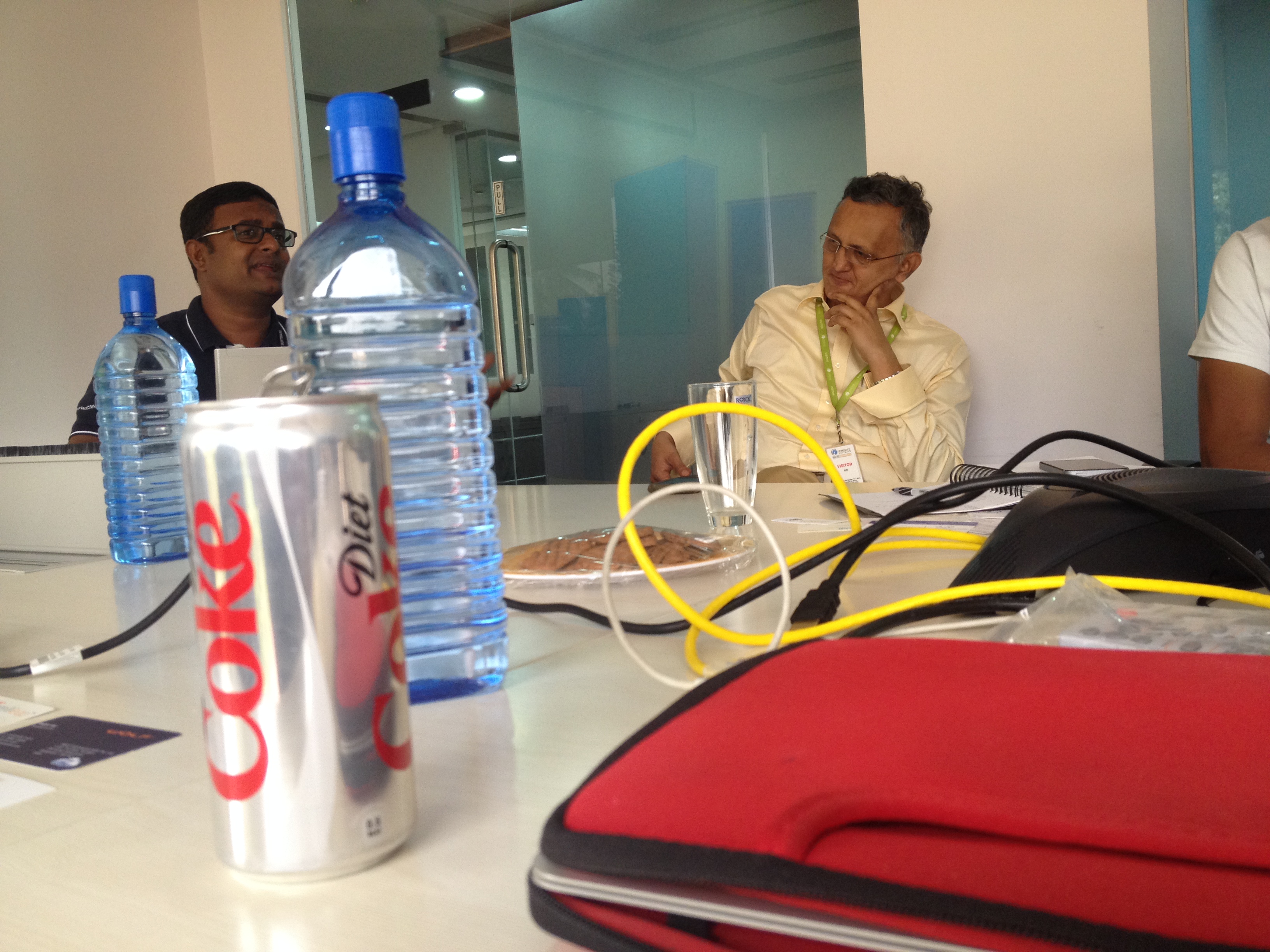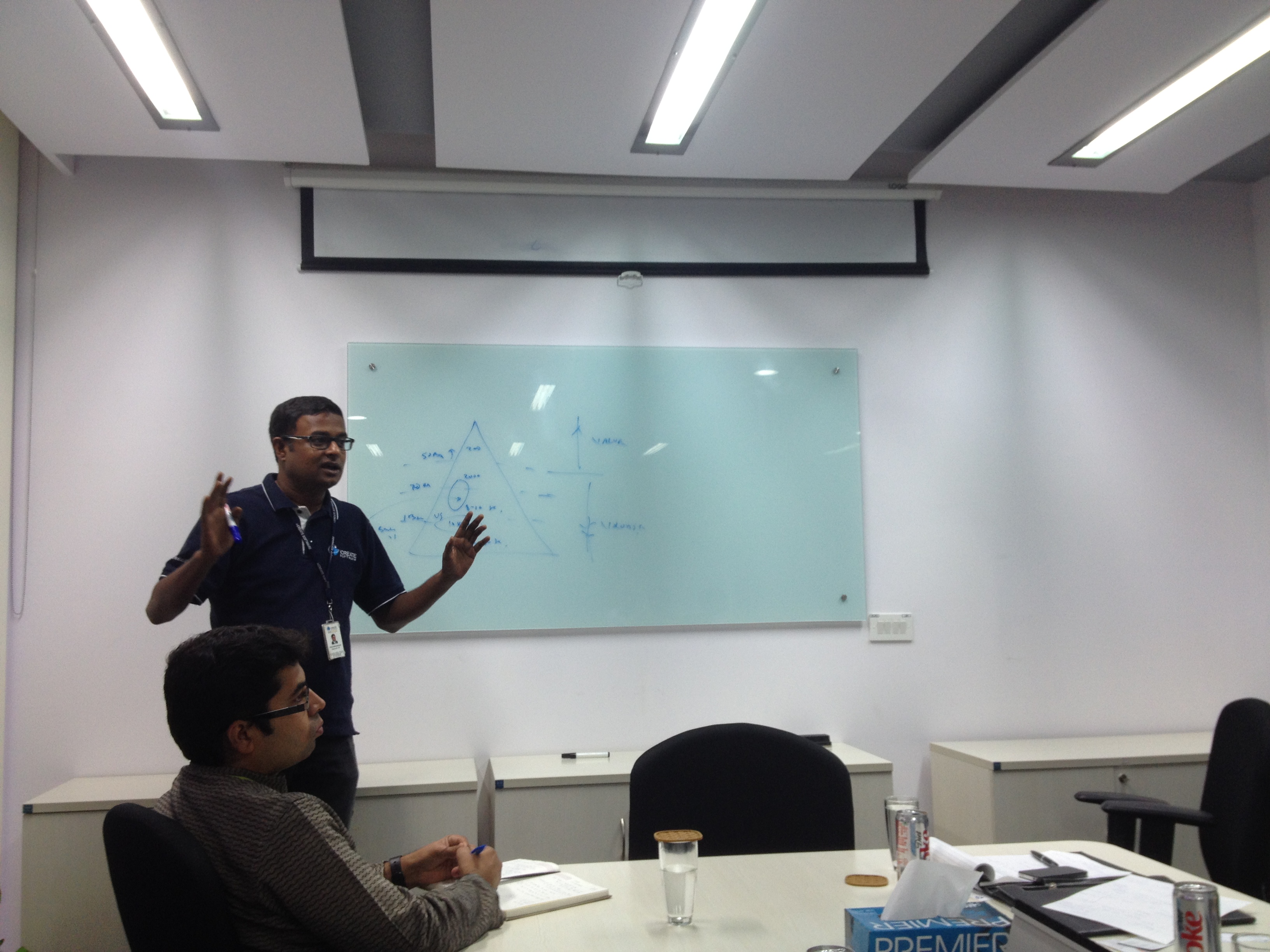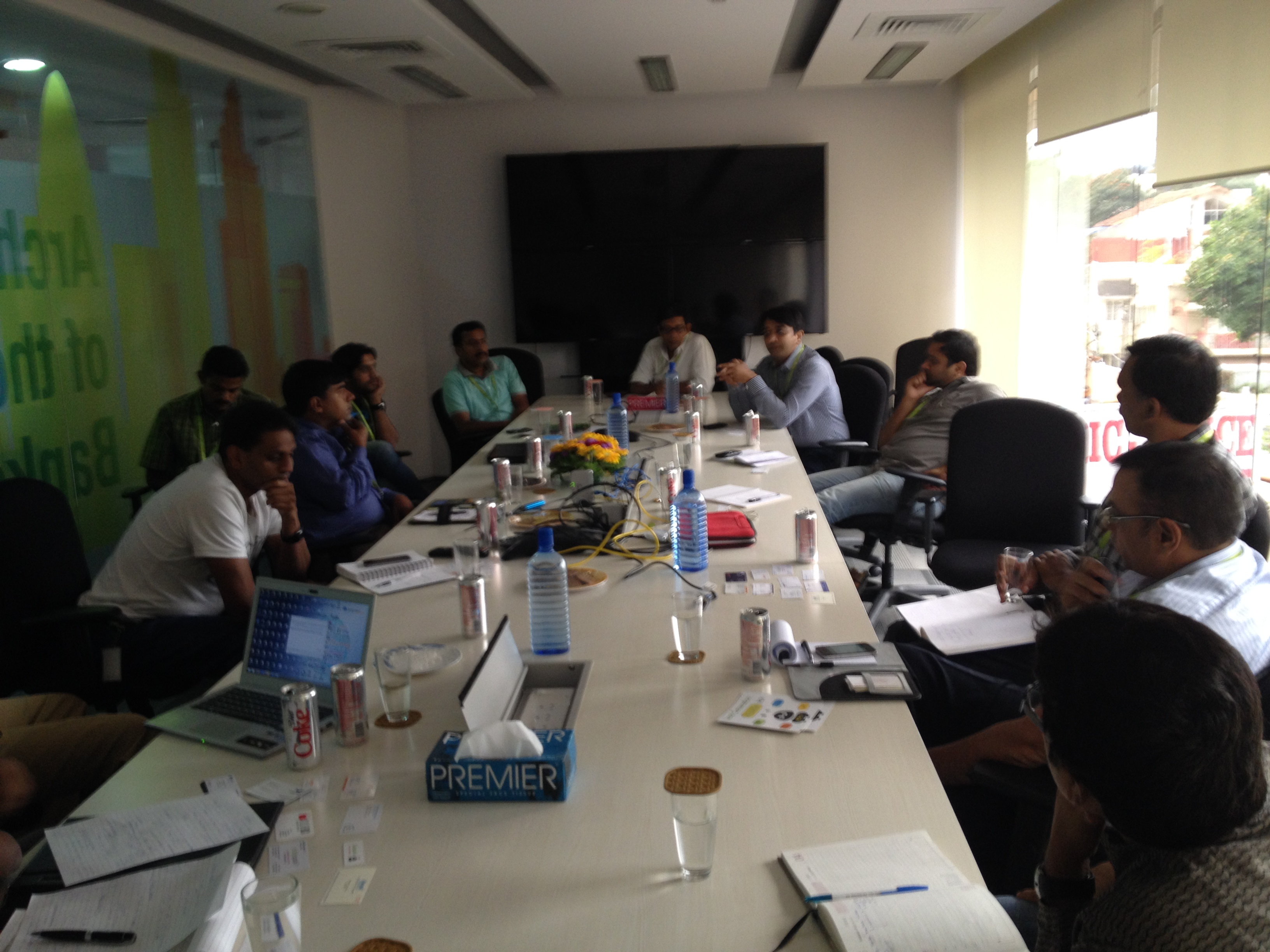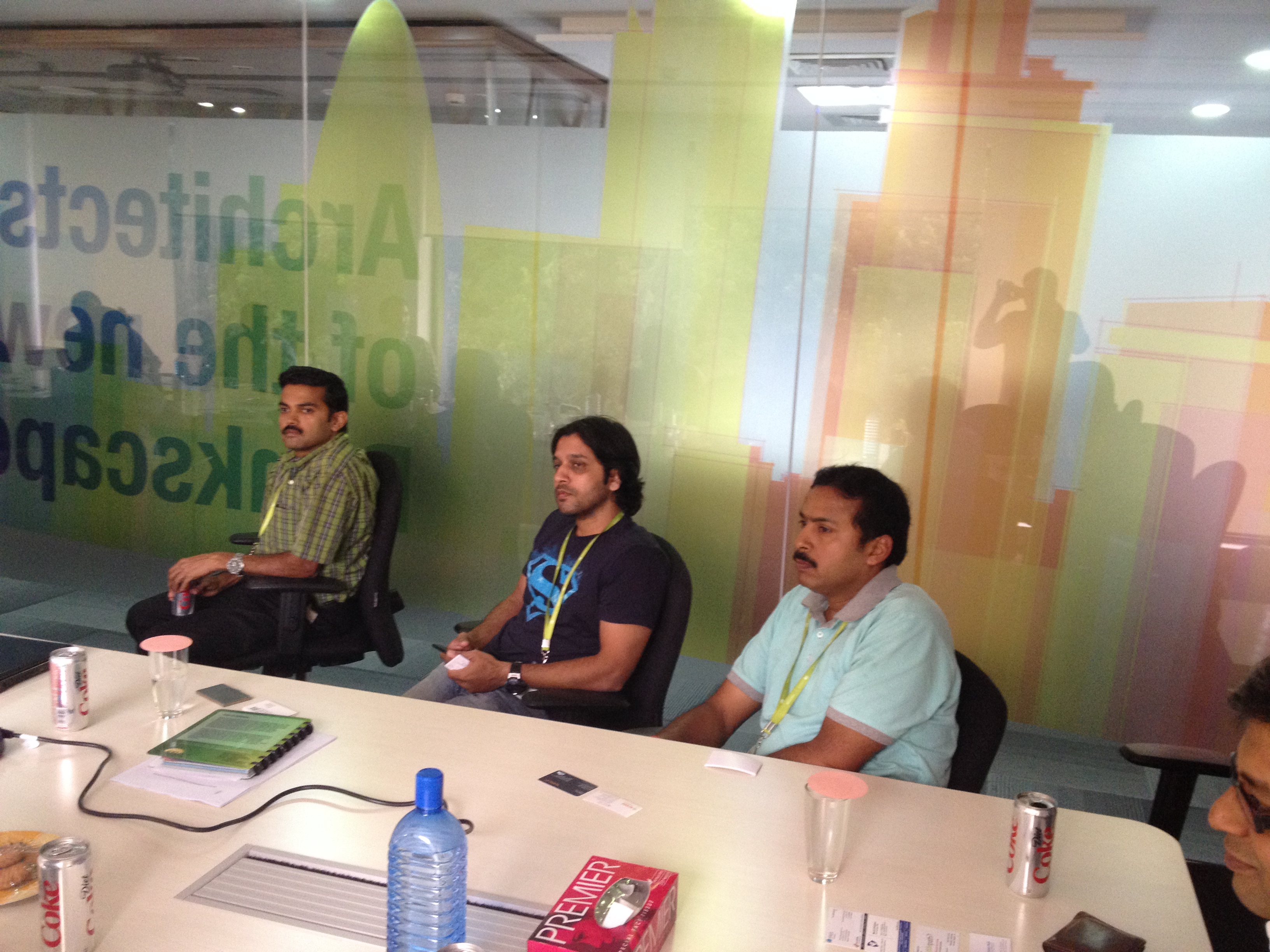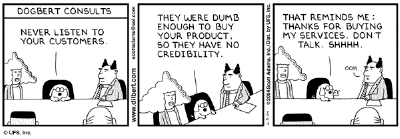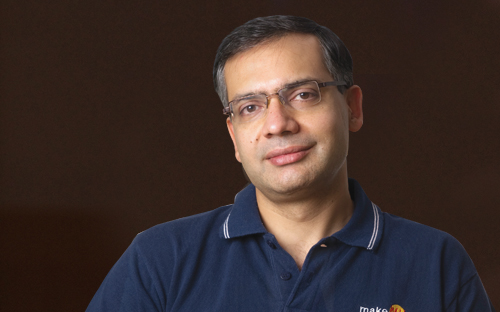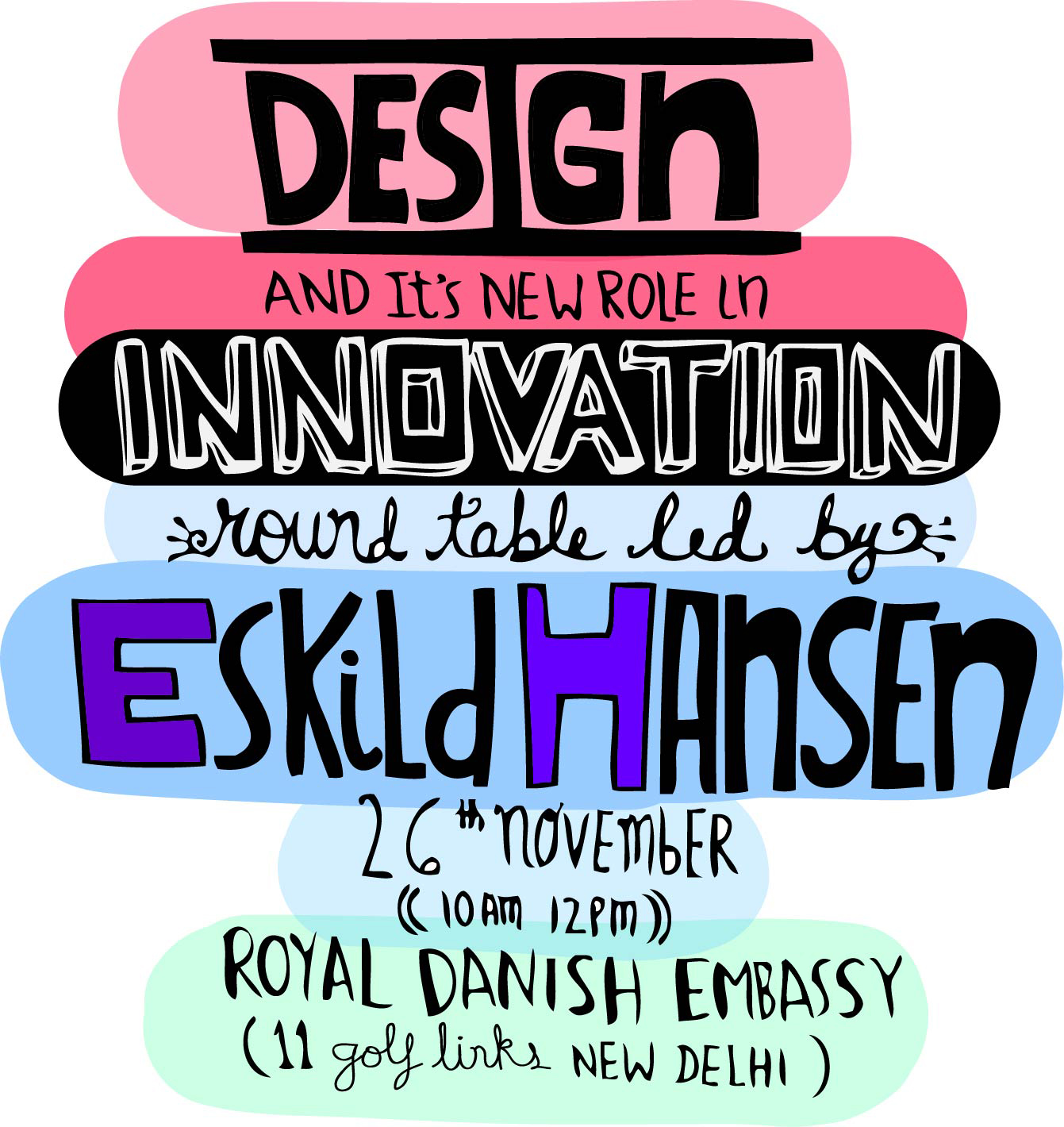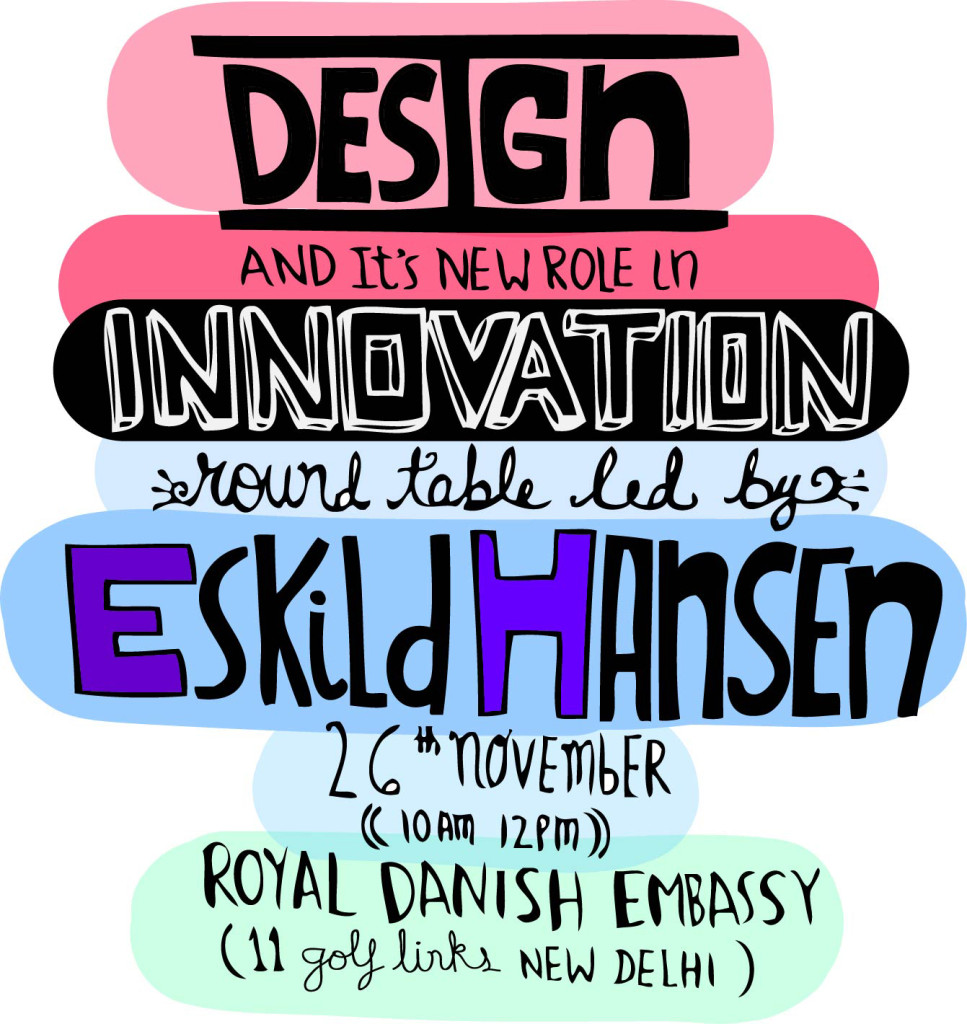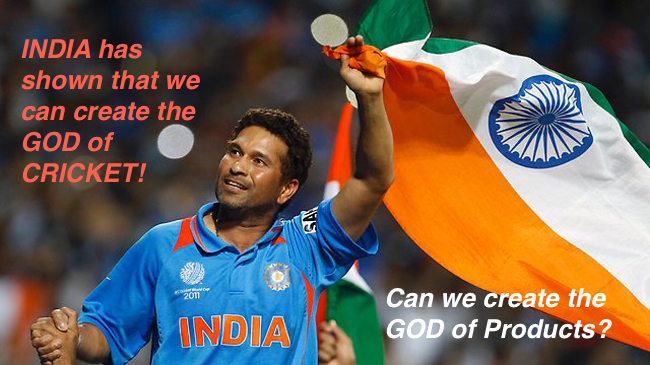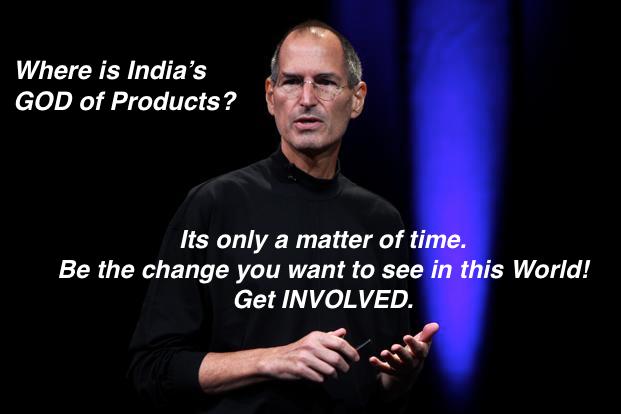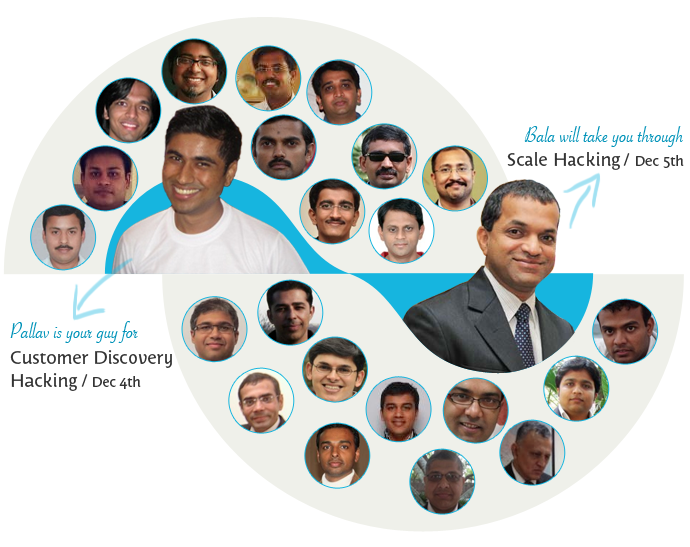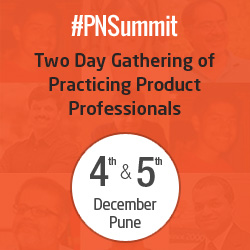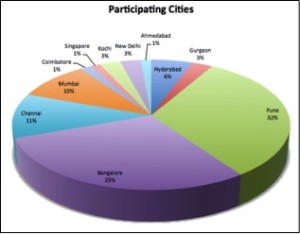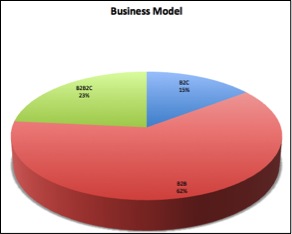It has been an interesting coincidence on the last few occasions in different discussions and industry forums I participated in, they have attracted a good amount of the classic “Products and Services” in IT deliberation. As such, this is not a new debate. It is common to see patrons from the products world root for it by generating IP and for the services gurus illustrate how they are able to tailor deliveries as per customer need to make good revenues.
In the various roles that I have been involved in be it front line sales, to working with target customers, to addressing markets through the channel, or driving product management for products of different types right from enterprise to small and medium businesses that are deployed on-premise or delivered as a service; I have realized it is more than “this versus that”. At the face of it, running “product or services” businesses largely seem to be two different ball-games. They do have different DNAs. However, in addition to the different focuses that are essential on some aspects; these also involve some common influences that need to be capitalized upon. And no, it doesn’t end there. An important element of success viz the customer expectation is undergoing an interesting shift. A customer increasingly expects…a solution! They are neither looking for a product or a service in isolation, but instead for a solution that delights and delivers timely value. In this post, we will explore the characteristic differences—the DNA differences between IT products and services; and some common factors that have a bearing on the business opportunities and performance.
The landscape—A holistic view
Let us start with a holistic look at some key characteristics of what constitutes a product and a service. The marketplace typically includes an offerings continuum. At one of the two ends are pure-play products and at the other pure-play services with combinations in between. It can be illustrated as below:
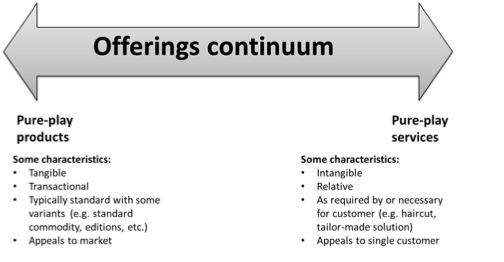 The DNA differences—A closer look
The DNA differences—A closer look
If we take a deeper look and closely evaluate this in context of IT products and services, around which this post is primarily focused, it involves some common influences, but with distinctly different DNAs to run both businesses. The evaluation of key indicators across these businesses includes consideration for common factors, but with different approaches. For instance, both product and service type of offerings involve evaluation and use of technology, assets and resource planning, cultural bearings and so on. A comparison of DNA differences for some key indicators is included below:
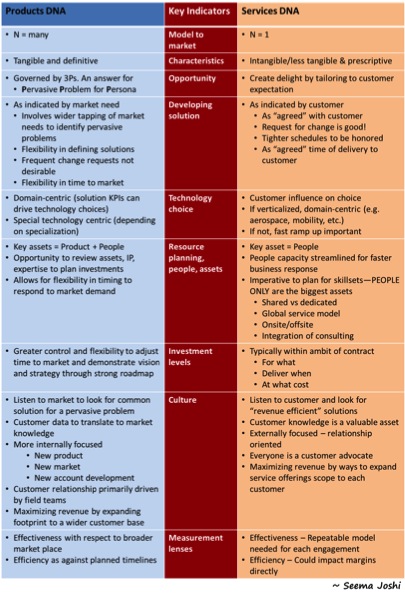 Common influences—A quick digest
Common influences—A quick digest
As we can see, there are some distinct DNA differences. For instance, meeting a market need versus single customer requirement; transactional approach versus relationship driven, internally focused culture and processes versus tailored to customer. At the same time, aspects like technology, people, and processes are the common influences that can either enable or inhibit effectiveness in either model. They serve both as an opportunity and a challenge! The previous section has covered how the approaches vary across indicators. Let us now briefly assess the common aspects that can greatly influence outcomes.
- Technology: Technological advancements are constant. With every technological paradigm shift, right from main-frames to distributed systems to the cloud, with the change in technology capabilities available, businesses have looked at methods to leverage these for maximum benefits. So for a provider, irrespective of the nature of business, they have to constantly find ways to stay abreast of technological advancements to be in a position to lead the market or advise a customer with right solutions. For instance, if we take a look at one of the hottest shifts around SMAC (social, mobile, analytics and cloud), it is not prudent for either product or services companies to ignore those. Products need to evolve to cater changing customer preferences, interaction methods and deployment models. This is not just limited to product companies. These shifts need service companies to ensure their offerings weave these in to truly to ensure customer delight in-line with newer preferences.
- People: One of the most significant contributors to the success of any business is the people assets they have. Knowledgeable, motivated, productive and enlightened workforce is needed for runnnig both products or services successfully. Ensuring the workforce it kept current with the market and technology demands and on the soft side ensuring they’re productive is of paramount importance. This of course is an obvious one. But going wrong with this could have the entire game go south even if all else is right.
- Process: Processes are a great tool any company can have through which preferred frameworks can be pressed into action for a more consistent and repeatable outcome. These could be applied to internal focused activities like training and development, knowledge sharing, documented development methodologies (e.g. Agile, etc.), sales methodologies and so forth. Processes can help with managing OpEx for both frameworks. Similarly, they’re applicable even to external focused aspects like processes to demonstrate thoroughness of approach, for compliance and so forth. How far to adapt really depends on appetite and culture; which varies from company to company.
- Success factors: While the measuring metrics might differ across lines of business, it is a fact that there is no better way to walk towards success than to be driven by results that ensure customer success and delight. This is an essential metric to keep track of that cannot be overriden or ignored in either business.
Looking at all of above, one can think of products and services as two separate circles having distinct DNA differences with some overlap of common influences. All of these put together, put organisations in a position to meet the need of tomorrow. Let’s take a look at an illustration that highlights these put together:
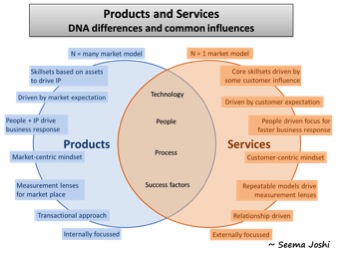 The Ultimate structure—Solutions shift
The Ultimate structure—Solutions shift
At the same time, given the economic challenges, the markets becoming buyer markets, general shifts in buying patterns, need to respond to businesses faster, and need to demonstrate value and return on investments (ROI), the focus is increasingly on the “customer” than just a product or a service that is up for offering. Customers today carefully evaluate every penny being spent. They expect to realize value from investments faster. Customers are tired of siloed approaches either by just having a product deployed and not having a working solution, or having a solution frame-work, but the underlying products not being stitched to deliver the value the customer expects from the investments made. Gone are the days where companies could deploy a product and take months or even years to tweak it to customer need. Or suggest a service without having their own skin in the game when it boils down to technology or products involved. Customers today expect product companies to not just deploy a product, but to provide a working solution tailored for their needs. Customers today expect services companies to have the required levels of expertize, coordination and relationships with involved products and technology stacks, to effectively tailormake a solution to meet their needs faster. They do not expect the ball to be dropped in either of the cases to have prolonged deliveries. Customers today are looking for working solutions. Customers today are looking for faster realization of value. Customers today are looking for a positive experience to respond better to business needs rather than being tied up with large IT projects. They need to be delighted—truly!
The shift is really towards using products and services together effectively to deliver effective solutions. Irrespective of their primary DNA, every company will need to evaluate how they can work out the entire DNA strand to have a solutions structure!


